F5 AppWorld 2025: Day #1 keynote & live show report
F5 kicked off its AppWorld 2025 conference this week in Las Vegas with a keynote introduced and delivered by François Locoh-Donou, president and CEO of F5.
Talking about the demands of building modern IT networks with strength and resilience, Locoh-Donou said that trust is always the binding factor between people and digital experiences.
At F5, Locoh-Donou says that the company has only one mission: to constantly innovate… and that means making it easier for organisations to optimise and secure their applications with trust. He says that the company is now working hard to bring customers more and more services through the F5 Distributed Cloud platform.
Going back to the dot com boom, Locoh-Donou took the audience through the 1990s and the start of what was happening at that time in relation to online shopping… saying that customers quickly found that they only had trust in these new services once load balancing and Application Delivery Controllers (ADC) had been applied.
This was the era of ADC 1.0 in real terms.
ADC evolution
Moving to ADC 2.0, this was a time when many of the protection layers out there came as native services from the major cloud hyperscalers… and, if all enterprise applications had actually just stayed in the public cloud, the rest of ADC history may never have been written.
“But because of control reasons, because of regulatory reasons… and because not all applications were suited to the ‘burstability’ of the public cloud, enterprises quickly found that they needed on-premises hybrid environments to be available. Add that reality to the continued rise of mobile and the larger mesh of connections that have arisen in the API era… and we can see how enterprises naturally reacted (as quickly as they could) by deploying point solutions to patch over problems as they arose. Sometimes (very often in fact) those point solutions would even be procured from different vendors… and this leads to what F5 affectionately calls the Ball of Fire syndrome,” said Locoh-Donou, while on stage in Las Vegas this week.
Based on conversations with customers over many years about their ball of fire scenarios, CEO Locoh-Donou said that firms have a hard time making changing to their application infrastructure environments as they attempt to deal with their unpatched attack surface.
Major F5 platform update
The big news from the company this year is the introduction of the F5 Application Delivery and Security Platform.
This is an Application Delivery Controller (ADC) solution designed to now fully converge high-performance load balancing and traffic management with advanced application and API security capabilities into a single platform.
With this platform, so says F5, it is delivering on the promise of a new generation of ADCs – and that means the third-era iteration as we now move to ADC 3.0 – a technology that is purpose-built to meet the most “exceptional and extraordinary” demands of modern AI-powered applications.
“AI is accelerating innovation, but also intensifying the high costs, crushing complexity, and escalating cyber risks that have IT and security teams in crisis,” said Locoh-Donou. “F5 stands alone in its ability to address the challenges of hybrid multi-cloud architectures. The F5 Application Delivery and Security Platform represents a giant leap forward for organisations, enabling them to overcome complexity and unlock the full potential of AI.”
Additionally, F5 moved to define a new set of offerings for operations and security teams, or… as we now start to call them, platform operations (PlatformOps perhaps) teams.
A (growing) ball of fire
So what of AI then? Locoh-Donou says that generative AI will absolutely add massive amounts of data to the ball of fire.
With AI applications being hyper-distributed, hyper-converged and hyper-hybrid, AI is going to introduce an “entirely new class of security threats” (he stated) such as data exfiltration through APIs, model theft risks and more.
But today, few enterprises are not yet feeling the full heat (as in heat from the ball of fire) of these AI applications and the risks that will come next… so this is why F5 has so directly worked towards delivering what it now calls ADC 3.0 through the evolution of its platform.
“We need to be able to set policies once and be able to roll out those controls to every form factor and make SecOps and NetOps teams easier… and we need to provide robust portability to ease deployment in real world environments with lifecycle management of the platform itself,” said Locoh-Donou.
Platform Ops toolsets
As part of a program of product announcements, F5 also detailed F5 AI Gateway, a new service for IT teams that need to streamline interactions between applications, APIs and large language models (LLMs) in the march to drive wider enterprise AI adoption. This containerised technology optimises performance, observability and system/network protection capabilities and gives operations teams a way to bring AI services online through significantly improved data output quality and a superior user experience.
Following the release last year of the AI assistant for Distributed Cloud Services, F5 is now also bringing this capability to NGINX One. The tool is powered by the F5 AI Data Fabric and serves as an intelligent partner to stretched NetOps, SecOps, DevOps and “PlatformOps” teams.
The AI assistant for NGINX One uses a natural language interface to streamline operations and improve ROI by helping teams configure and optimise application delivery, preemptively address threats and identify anomalies before they impact production.
CEO Locoh-Donou says that the now-expanded F5 platform is everything that organisations’ applications need in one converged platform offering to enable consistent security and consistent policy enforcement in all environments. He defines and details the six major defining steps that ADC 3.0 needs to evidence.
- Complete delivery and security for every application.
- Deployable anywhere and in any form factor.
- A single policy control centre with unified management.
- Rich analytics and insights.
- Able to provide a fully programmable data plane.
- Built with full lifecycle automation.
F5 CIO (chief innovation officer) Kunal Anand took over from Locoh-Donou for the secondary section of this event’s opening keynote.
Do the ‘right’ thing
Talking about the rise of AI (and the corresponding rise of AIOps), Anand suggests that there is now a great responsibility not to just build the best (fastest, shiniest, glitziest) new thing, it’s all about working hard to build the BEST thing that we can with the spiralling world of agentic AI now impacting how applications and infrastructures are being developed.
Extending the keynote into a product-focused showcase and breakdown, Anand explained how the F5 Application Study Tool is now working for firms to become what he says it an “indispensable” part of their infrastructure. This open source technology is now available on GitHub and Anand encouraged all attendees to grasp this software and download it now.
With a future (just immediately ahead) where applications and APIs start to make direct calls (as part of live production) to AI services across a range of functions and share an increasing amount of data, Anand pointed to the F5 state of application strategy report for wider reading on the number of companies (a massive 99%, apparently) now trusting AI to make operational functions on behalf of its IT team.
“Today, 75% of organisations are implementing AI assistance and it’s safe to say that virtually every senior IT leader is being asked to help determine where AI might fit into strategic plans. This leap in activity in just a few years no doubt hinges on the introduction and accessibility of generative AI. Unfortunately, the results of our research suggest that AI deployments serving less-strategic functions may be common today. That’s probably because the majority of organisations are still struggling to put into place everything needed. The danger is that they’ll proceed without key prerequisites for long-term success,” details F5, in its application strategy report.
The company says that the arrival of its new F5 Application Delivery and Security Platform and its rich history in traffic management services (such as high-performance load balancing) can ensure the infrastructure tier operates efficiently as the AI models supported by that infrastructure ingest and process many billions of parameters.
A new F5?
Is the 2025 iteration of F5 a new F5?
Well, on balance, yes… it’s the first time this developer network team has attended an F5 event in post-pandemic times (well, the event is called AppWorld after all) and let’s remember that the organisation that we might think of as a security company has made quite a number of acquisitions over the last few years and worked hard to evolve its platform to serve (we might even say to “define”) the new ADC 3.0 era for the age of AI… all of which makes it far more reasonable today to call F5 a cloud-native AI-centric infrastructure enablement and management platform company… and that very arguably sounds secure by design.
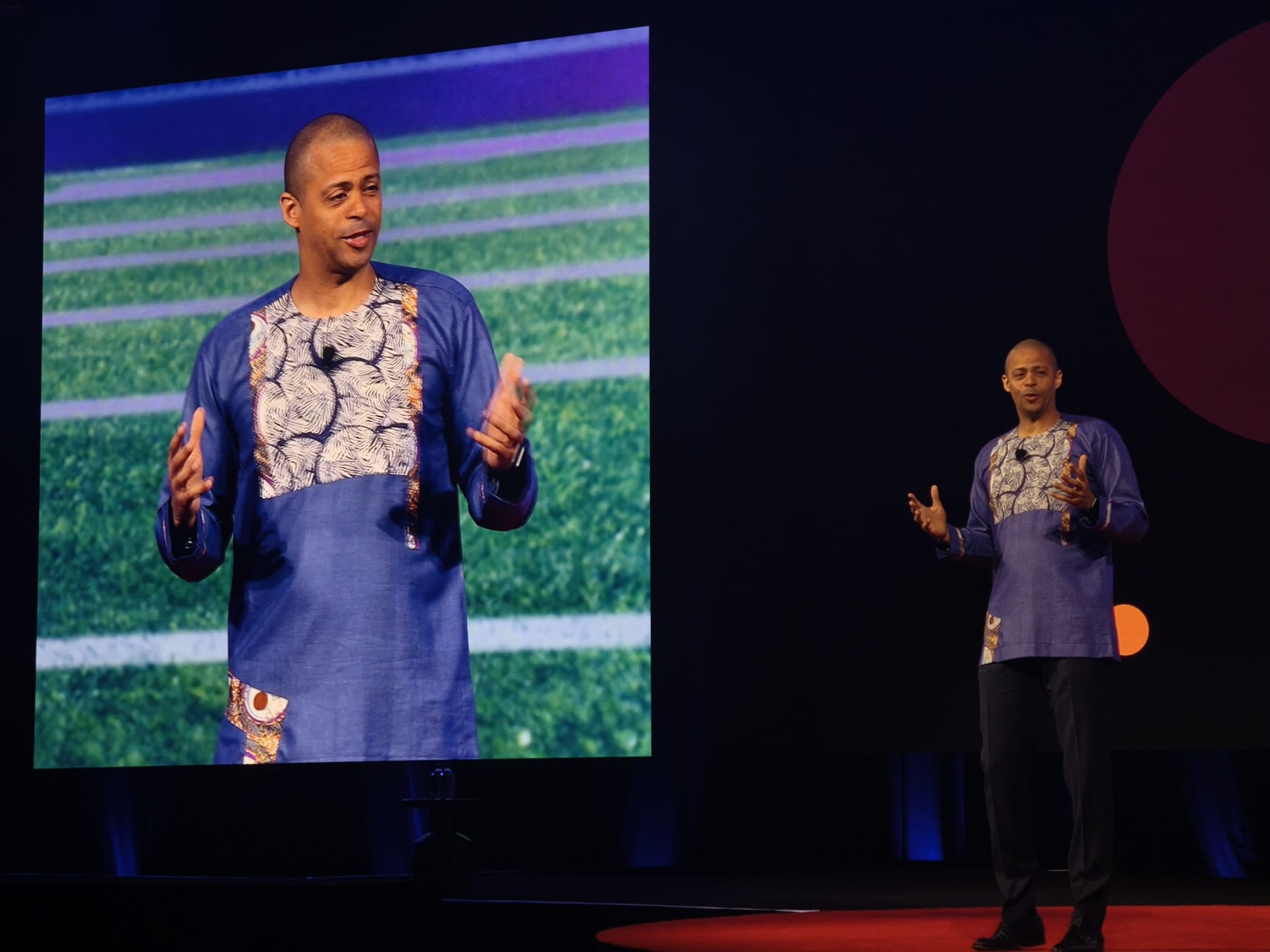
François Locoh-Donou, president and CEO of F5.
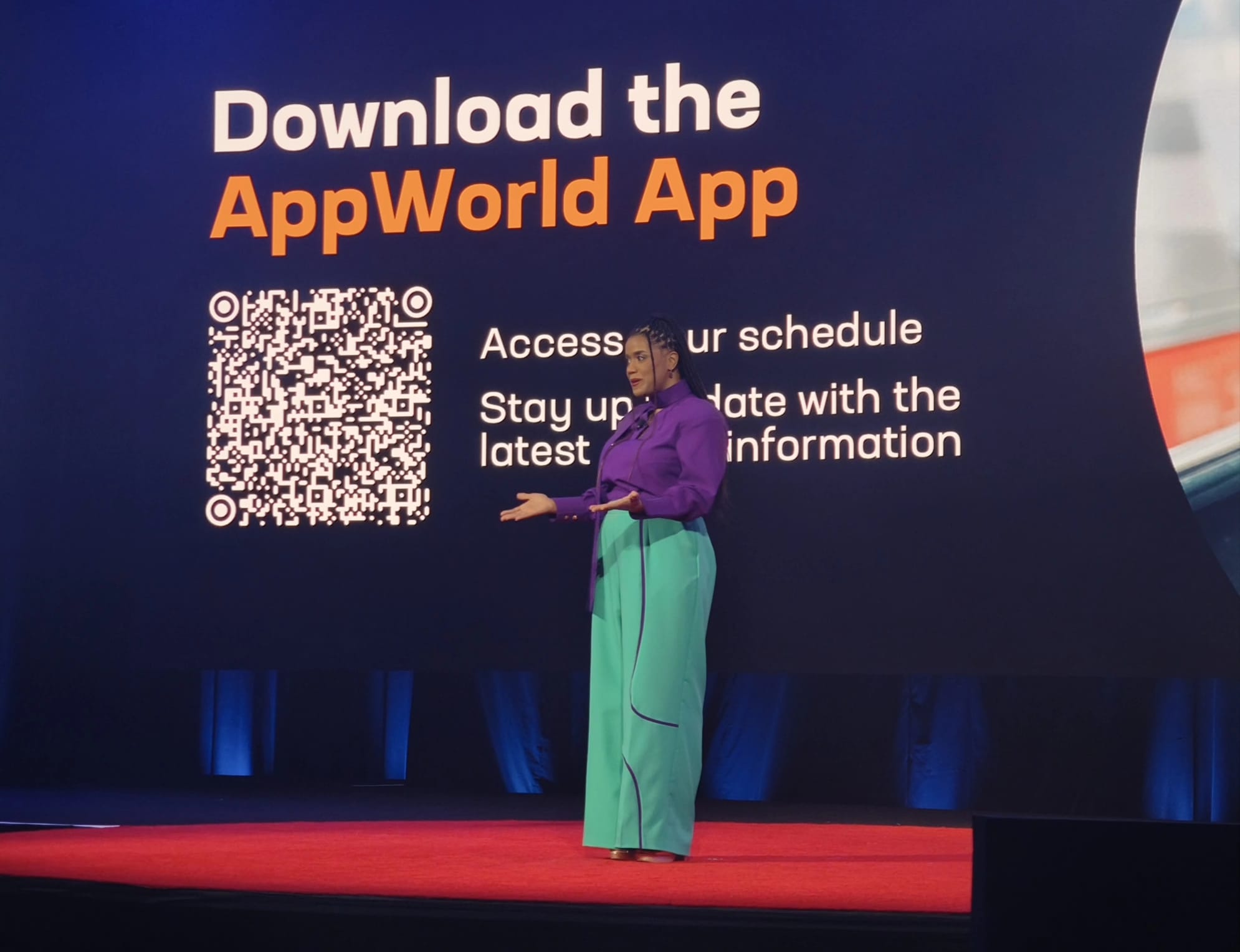
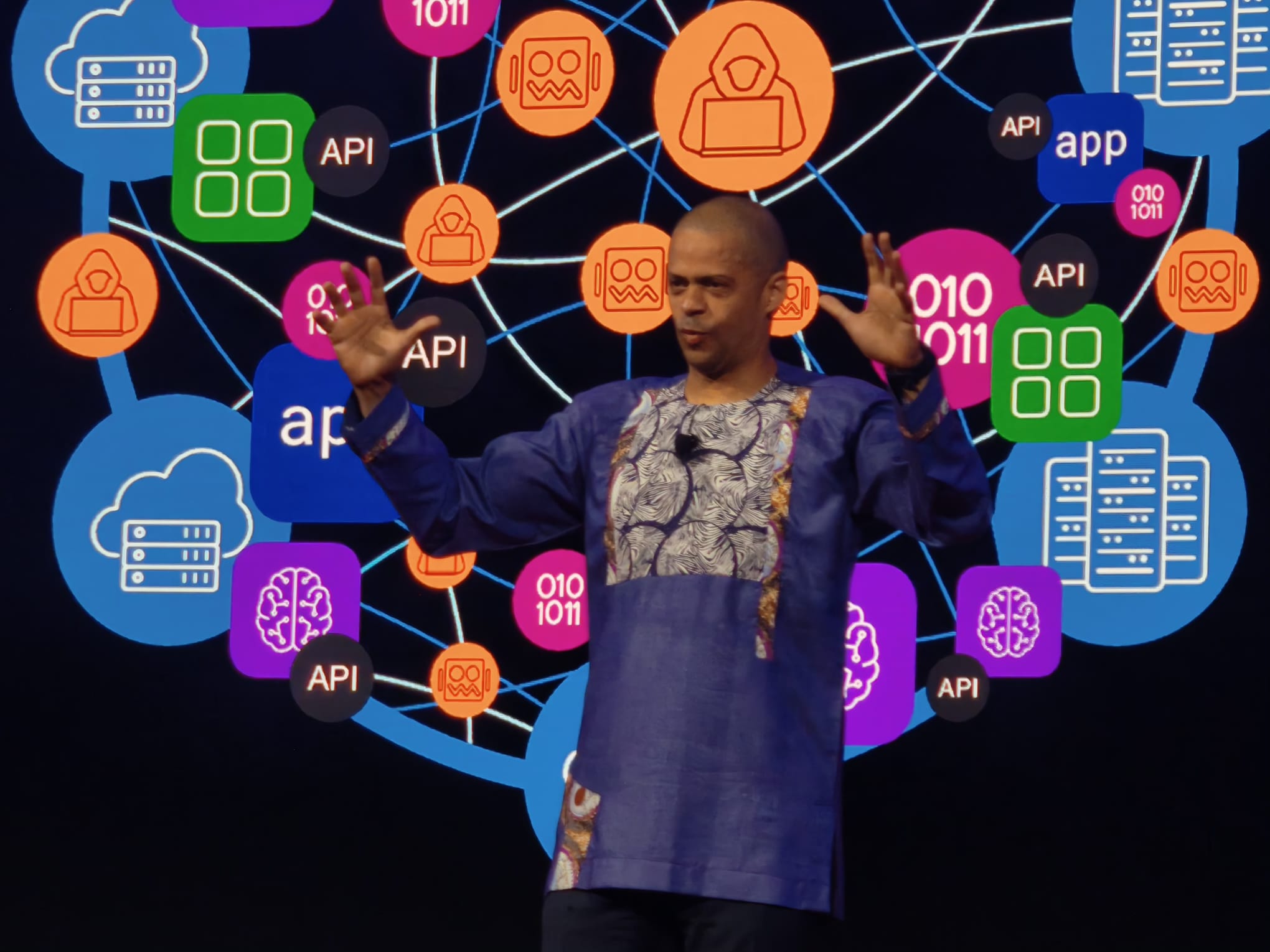

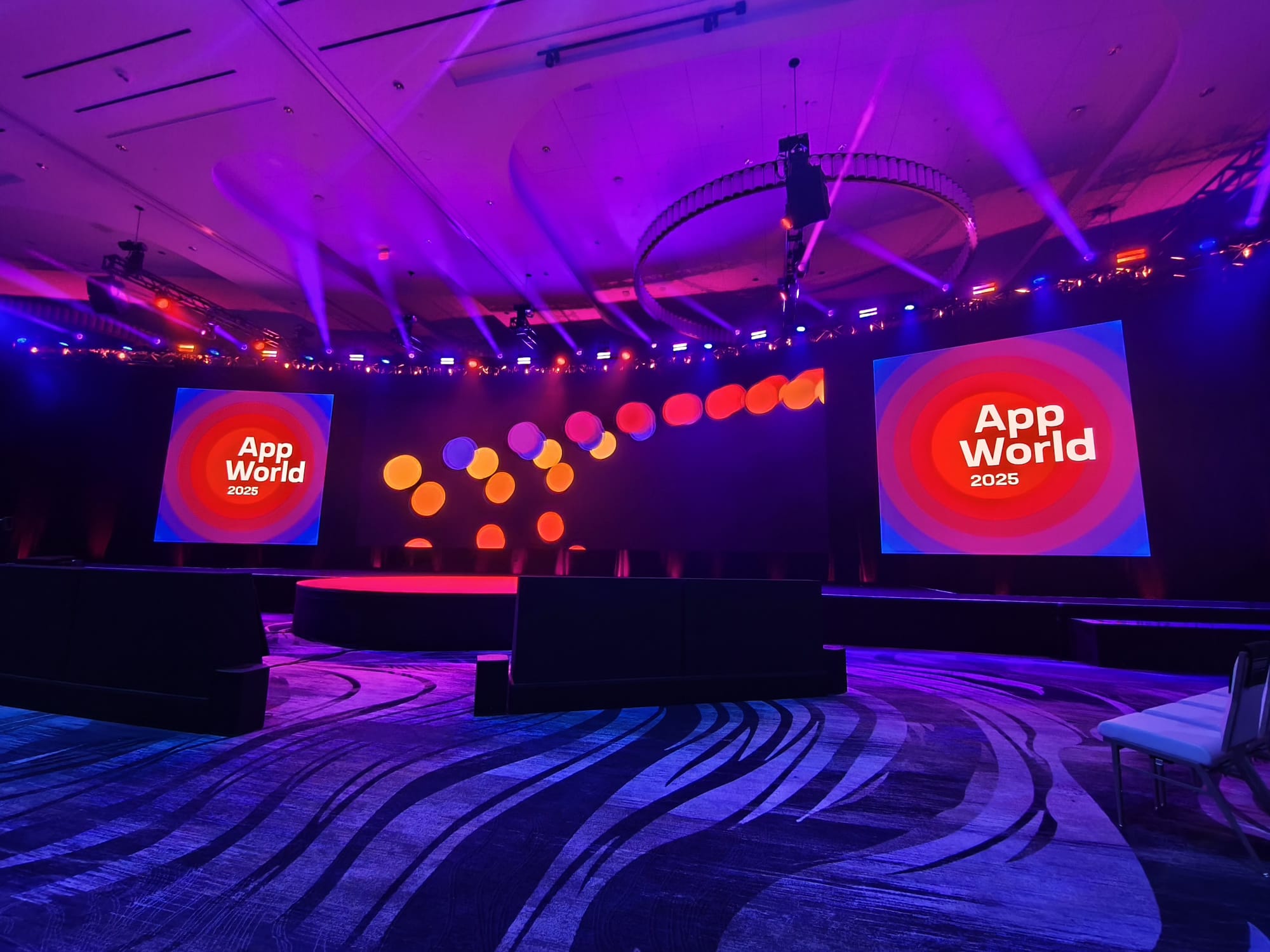
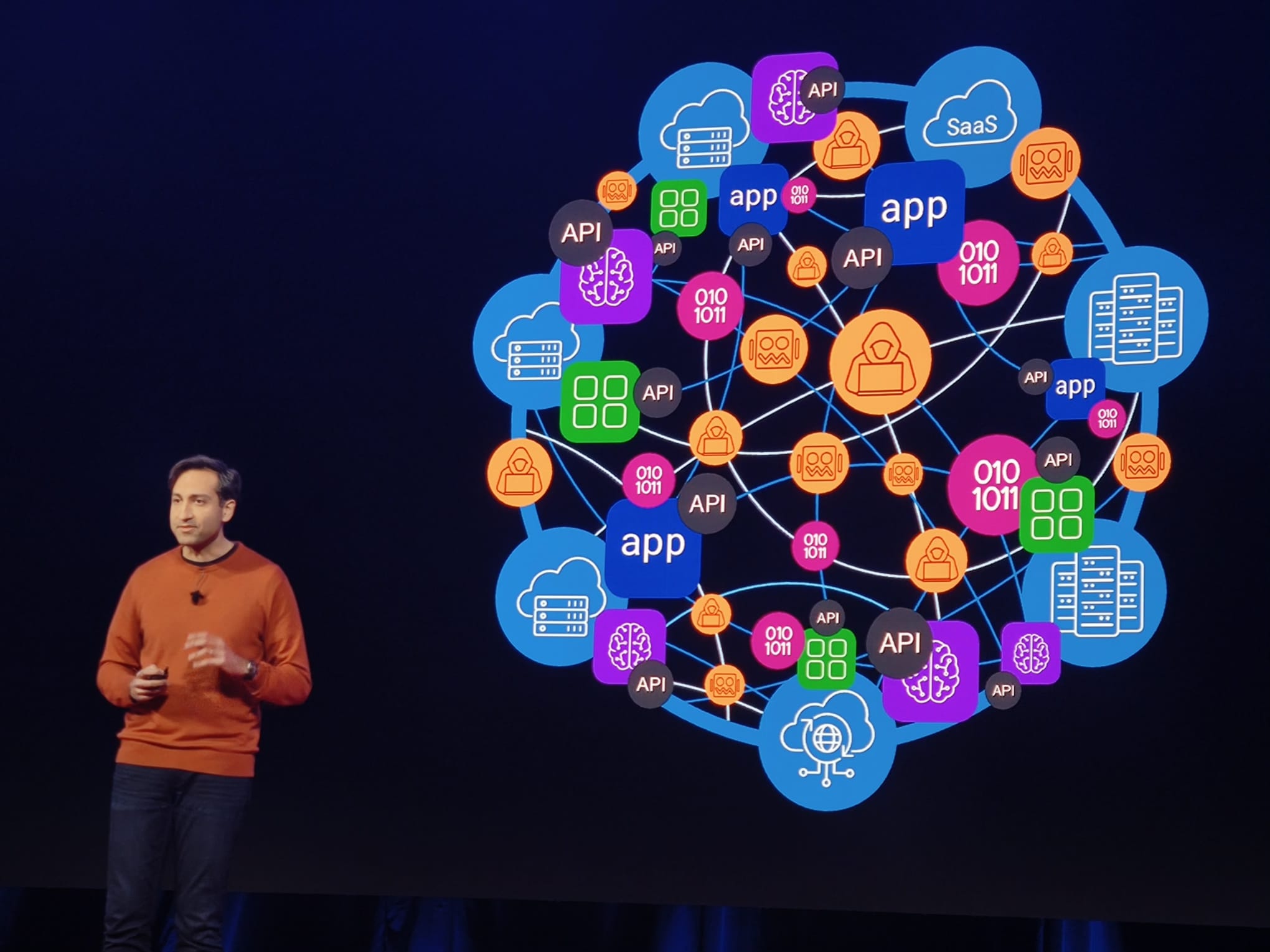
F5 CIO (chief innovation officer) Kunal Anand and the F5 “Ball of Fire” graphic.



